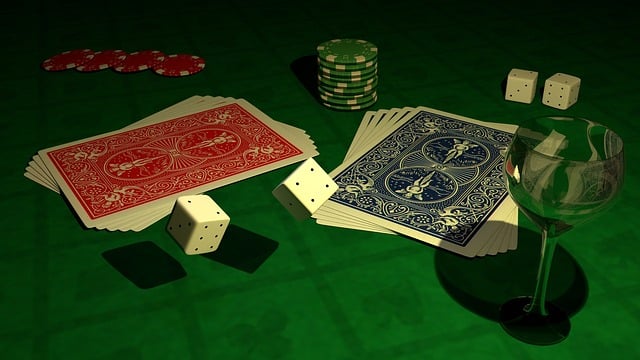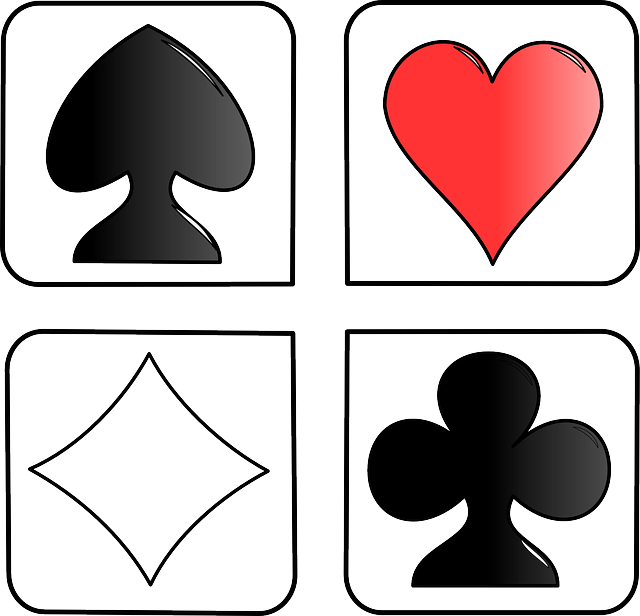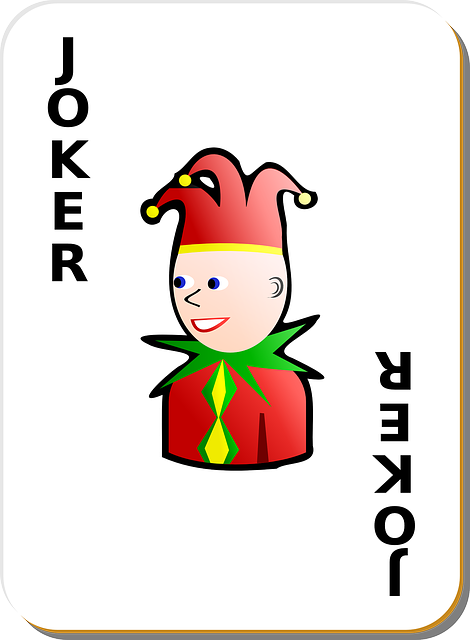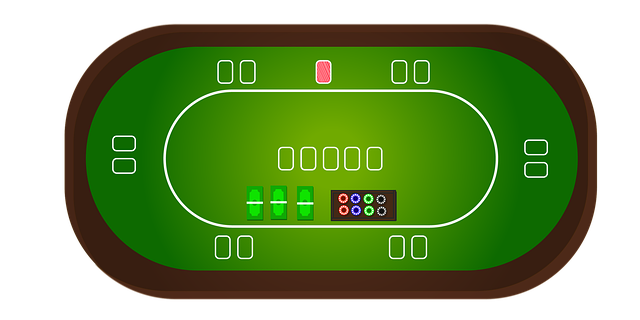Poker, a global phenomenon, is an art of strategic thinking combining skill, luck, and psychology. To play, two or more players form the best poker hand using a 52-card deck, with various rules and strategies in different variants. Beginners should observe experienced players, start with simple games like Texas Hold'em or Omaha, focus on strong hands, control emotions, and practice regularly to master the game "How to Play Poker" over time.
Discover the thrill of How to Play Poker with this comprehensive guide tailored for beginners. Learn the basics, from What is Poker? and its global allure, to Understanding the Rules and Objectives, ensuring you grasp every aspect of this captivating game. Then, master the steps through our Step-by-Step Strategy for Beginners, empowering you to confidently navigate your first poker experience. Start playing today!
- What is Poker? A Beginner's Guide to the Game
- Understanding the Rules and Objectives
- How to Play: Step-by-Step Strategy for Beginners
What is Poker? A Beginner's Guide to the Game
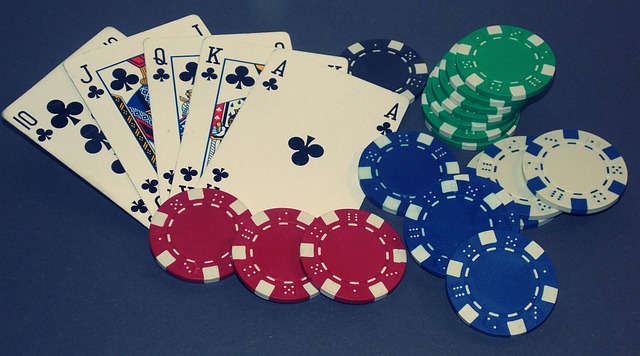
Poker is a captivating card game that has taken the world by storm, transcending borders and cultures. It’s more than just a game; it’s an art form where strategic thinking meets skill. At its core, poker involves two or more players competing to win bets by forming the best possible hand according to set rankings. These rankings, often referred to as ‘poker hands,’ are the cornerstone of the game, with each hand having a specific value and strength.
For beginners, learning how to play poker is an exciting journey. The basic objective is simple: outsmart your opponents by bluffing or accurately evaluating your hand’s strength. The game uses a standard 52-card deck, and players aim to create the best five-card combination. This can be achieved through various means, including hitting the right cards in community games or forming a strong initial hand in games like Texas Hold’em. Poker enthusiasts appreciate the game’s versatility, as numerous variants exist, each with its unique rules and strategies, ensuring there’s something for every taste.
Understanding the Rules and Objectives

Poker is a card game that involves skill, strategy, and a bit of luck. To play poker effectively, understanding the rules and objectives is paramount. The goal is to win bets by forming the best possible hand according to set rankings or by bluffing your opponents into folding their hands. Each player is dealt a certain number of cards, which they combine with community cards shared on the table to create the best five-card hand.
The deal progresses in a clockwise direction, with players having opportunities to bet, check (pass), call (match the bet), or fold (discard their hand). Key terms like “flop,” “turn,” and “river” refer to the sequential disclosure of community cards, increasing betting rounds accordingly. Learning how to play poker involves mastering these rules, recognizing hand rankings, and developing strategies that balance aggression and patience.
How to Play: Step-by-Step Strategy for Beginners
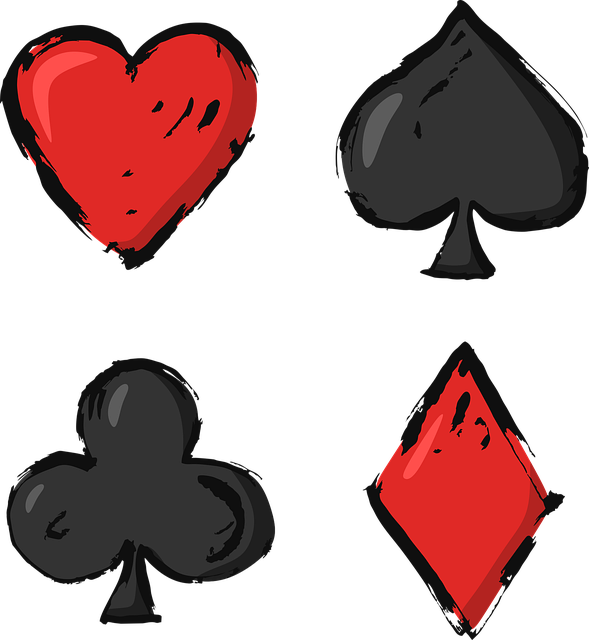
How to Play: Step-by-Step Strategy for Beginners
To start playing poker, gather around a table with friends or join an online game. Each player is dealt a hand of cards, facing down. Before the action begins, players have the option to ‘fold’ (discard their cards and exit the round), ‘check’ (pass, if no one else has bet yet), ‘bet’ (place a wager on their hand’s strength), or ‘raise’ (increase the previous bet). The aim is to win by forming the best 5-card poker hand according to set rankings.
Follow these steps: first, observe and learn from experienced players. Second, decide on a betting strategy that suits your comfort level. Third, start with simple games and hands like Texas Hold’em or Omaha. Fourth, focus on strong starting hands like Ace-Ace, King-Queen, or high pairs. Lastly, remember to control your emotions, stay patient, and practice regularly to improve your skills in how to play poker effectively.
Poker is more than just a card game; it’s a captivating journey of strategy, skill, and social interaction. By grasping the rules, understanding the objectives, and implementing simple steps, anyone can embark on their poker adventure. Remember, practice makes perfect, so keep playing, refining your strategies, and enjoying the thrill of the game. Whether you’re navigating casual games with friends or diving into the vibrant world of professional tournaments, mastering how to play poker will surely enhance your experience.

